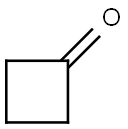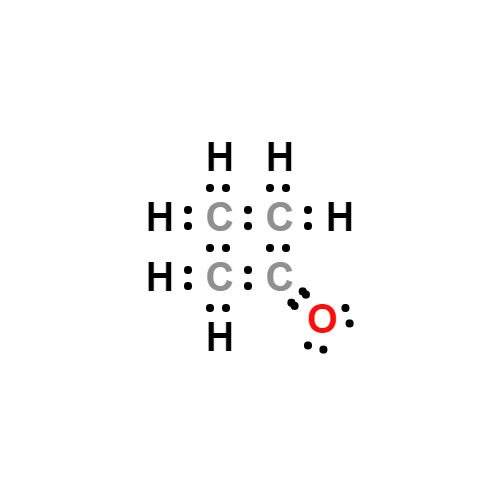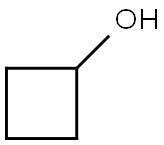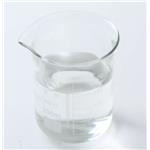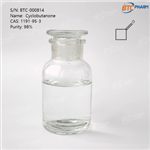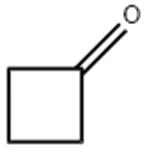Description
Cyclobutanone is an organic compound with a four-membered cyclic ketone. It is used in preparation of cyclobutane derivatives, as a starting material for aminocyclobutanecarboxylic acid through sulfonyloxiranes, to prepare dihydro-furan-2-one in presence of polystyrene-bound phenylselenic acid as catalyst. It is also involved in the photochemical synthesis of nucleoside analogues such as bicyclic nucleosides and isonucleosides. Furthermore, it is used to synthesis fatty acid, 2-oxo-cyclobutane undecanoic acid, which is used in the development of an enzyme-linked immunosorbent assy for the detection of irradiated foods.
References
[1] https://en.wikipedia.org/wiki/Cyclobutanone
[2] https://www.alfa.com/de/catalog/A13068/
[3] https://www.scbt.com/scbt/de/product/2-oxo-cyclobutane-undecanoic-acid-169263-77-8/;jsessionid=Ay2KMCxORq9y-EC6YoYnGGtCnymUGxQi5Lpd-YuCZoW22Re8Xf4w!-2072765631
Chemical Properties
Clear colourless to slightly yellow liquid
Uses
Cyclobutanone is used in preparation of cyclobutane derivatives. It is used as a starting material for aminocyclobutanecarboxylic acid through sulfonyloxiranes. It is also used to prepare dihydro-furan-2-one in presence of polystyrene-bound phenylselenic acid as catalyst. Further, it is involved in the photochemical synthesis of nucleoside analogues such as bicyclic nucleosides and isonucleosides.
Preparation
The Russian chemist Nikolai Kischner first prepared cyclobutanone in 1905. He synthesized cyclobutanone in a low yield from cyclobutanecarboxylic acid in several reaction steps.
Another synthesis of cyclobutanone involves lithium-catalyzed rearrangement of oxaspiropentane, which is formed by epoxidation of the easily accessible methylenecyclopropane.
Purification Methods
Treat cyclobutanone with dilute aqueous KMnO4, dry it with molecular sieves and fractionally distil it. Purify it via the semicarbazone, then regenerate the ketone, dry it (CaSO4), and distil it in a stainless steel spinning-band (or Vigreux, p 11) column. Alternatively, purify it by preparative gas chromatography using a Carbowax 20-M column at 80o. (This treatment also removes acetone). The oxime has m 84-85o (from pet ether) and the semicarbazone has m 212-212-5o (220-221o from MeOH or H2O, Buchanan et al. J Am Chem Soc 64 2701 1942). [Salaun Org Synth 57 36 1977, Fitzer & Quabeck Synthesis 299 1987, Beilstein 7 IV 3.]
